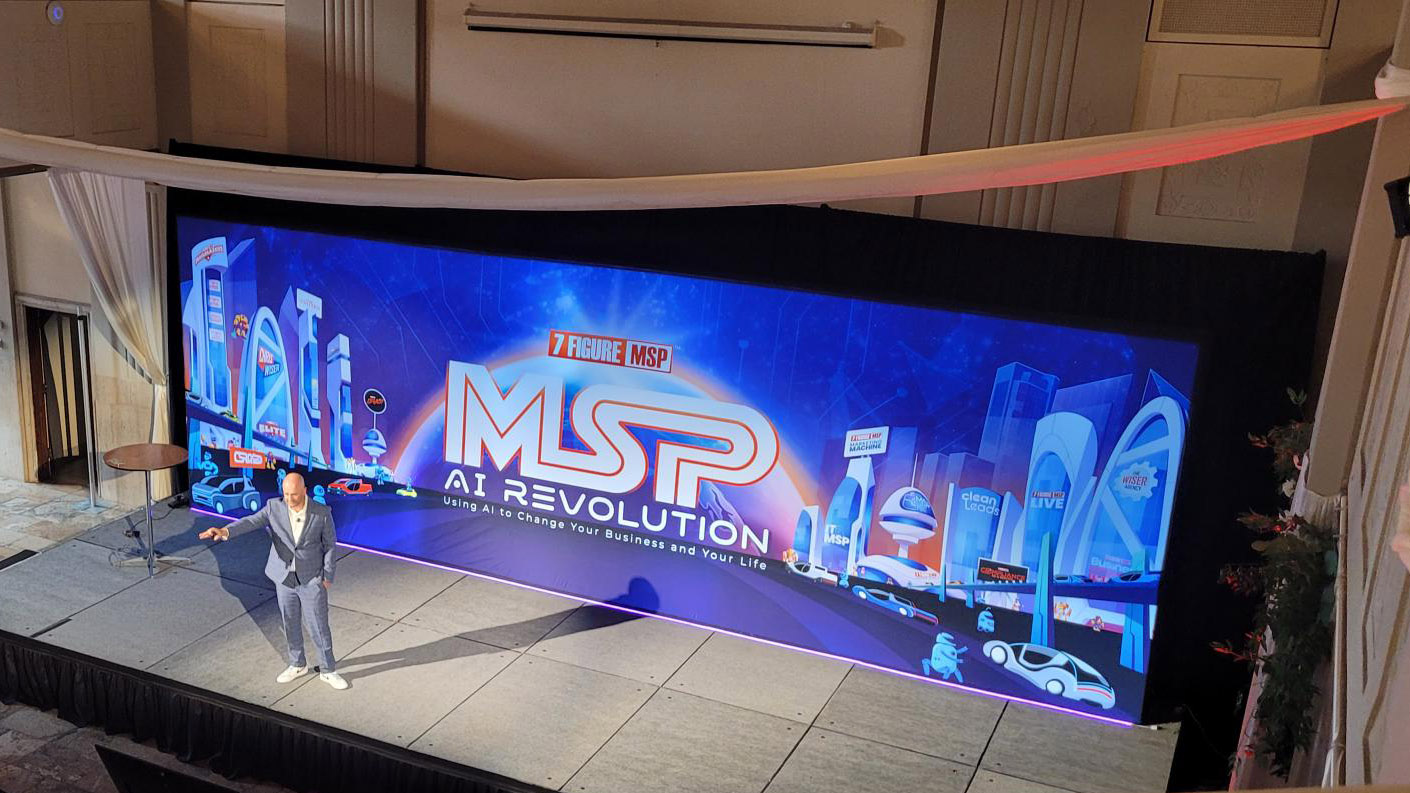TeamViewer, a leading global software provider for secure remote access, support, connectivity, monitoring, IoT and team collaboration, announced the findings of a sponsored research project exploring how remote assistance software is being used across the U.S. Research Now SSI, the world’s leading global provider of first-party consumer and professional data, executed the survey and secured 200 responses primarily from IT decision makers from medium and large organizations and small and medium business owners and CEOs working within a wide variety of industries.
“Relevant research defining the importance and usage of secure remote assistance software is scarce,” says Finn Faldi, president of TeamViewer Americas. “We wanted to better understand why people choose and use remote assistance solutions, as well as identify related market needs. A recurring theme of the research findings is that remote support software is used to more rapidly solve customer and user problems, improving efficiency and overall customer experiences. Support professionals are continually asked to do more with less, and remote assistance software is often used to fill that gap.”
Remote assistance software has never been more important, with 57 percent saying it is “highly business critical – an important part of their services” – and 29 percent saying it is “important, but not critical.” When asked to rank top uses for remote assistance software, remote control IT support was the leading answer with 42 percent of responses. Surprisingly, almost 40 percent of respondents use more than one remote access solution, while 62 percent have standardized on a single provider. Forty percent of respondents consider keeping or switching to a new remote access/support solution every three months or less, indicating perceived switching costs are likely low. Sixty-five percent rank remote control, customer and device support as the top use-cases for these solutions.
When asked what features they prefer to have bundled within remote access software solutions, respondents named video conferencing (56%), meeting solutions (54%) and audio conferencing (42%) as the top answers.
More efficient support†
Business benefits for remote assistance software are significant and diverse, with 69 percent citing more efficient problem solving for customers/users and 24 percent simply closing support tickets more quickly. Forty-three percent of respondents recognized that remote support software allows one technical person to support multiple customers/users.
Bridging geographic barriers†
Fifty percent of respondents recognized the benefit of more efficient collaboration for team members who are not in the same location and 29 percent noted allowing employees to work from home as one of the biggest benefits of remote access/support software.
Secure data sharing†
Security is also top of mind with many respondents. Thirty-three percent recognize that remote access software can establish a secure connection to share sensitive data easily as a top benefit. When asked what they most disliked about their current remote access/support software, a quarter of respondents ranked ‘security concerns’ as the top issue, only slightly behind ‘cost’.
“I think these results are significant and show how the industry should be evolving,” says Faldi. “We will continue to reimagine how technology can be leveraged to make our customers’ lives easier, and you’ll continue to see us innovate and lead in the remote assistance and collaboration software space.”
Eighty-one percent of respondents identified themselves as full-time employees, 15 percent were self-employed or business owners and the remaining four percent were part-time, contract, freelance or temporary employees. All respondents were familiar with remote access and support technology. The majority were avid users, with 60 percent using it at least once a day.













